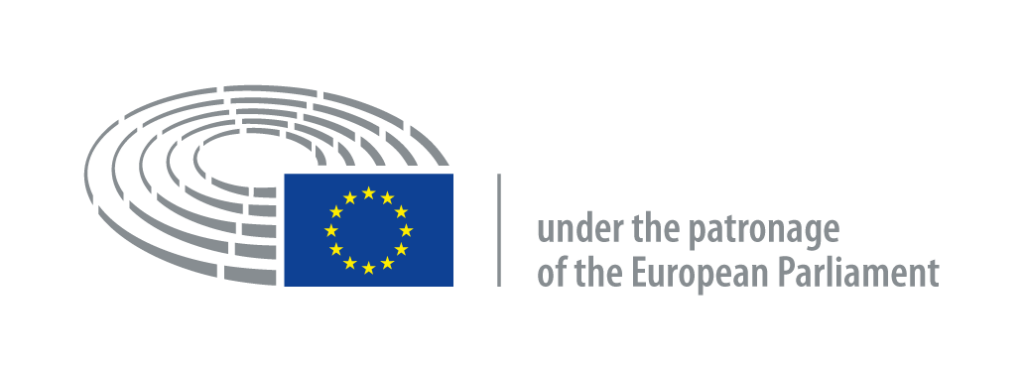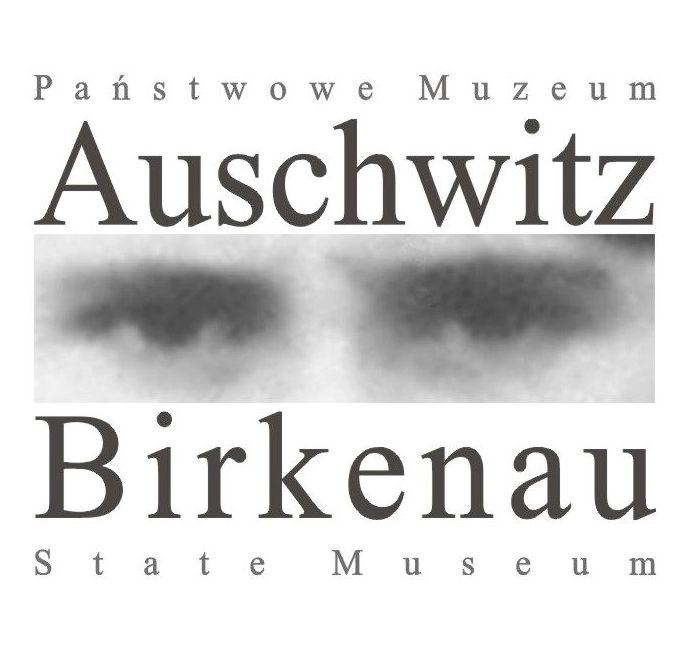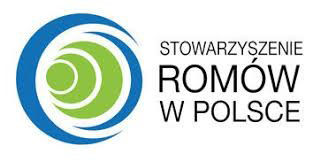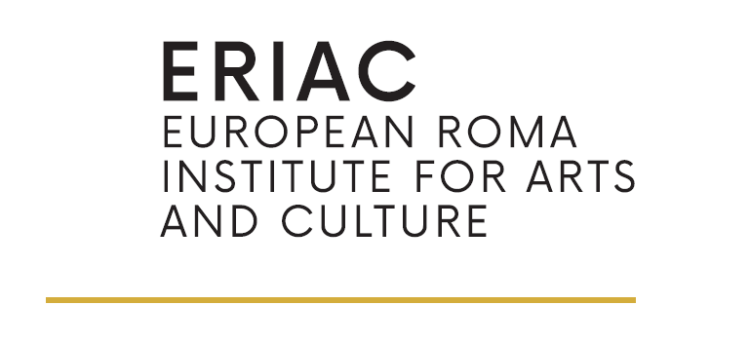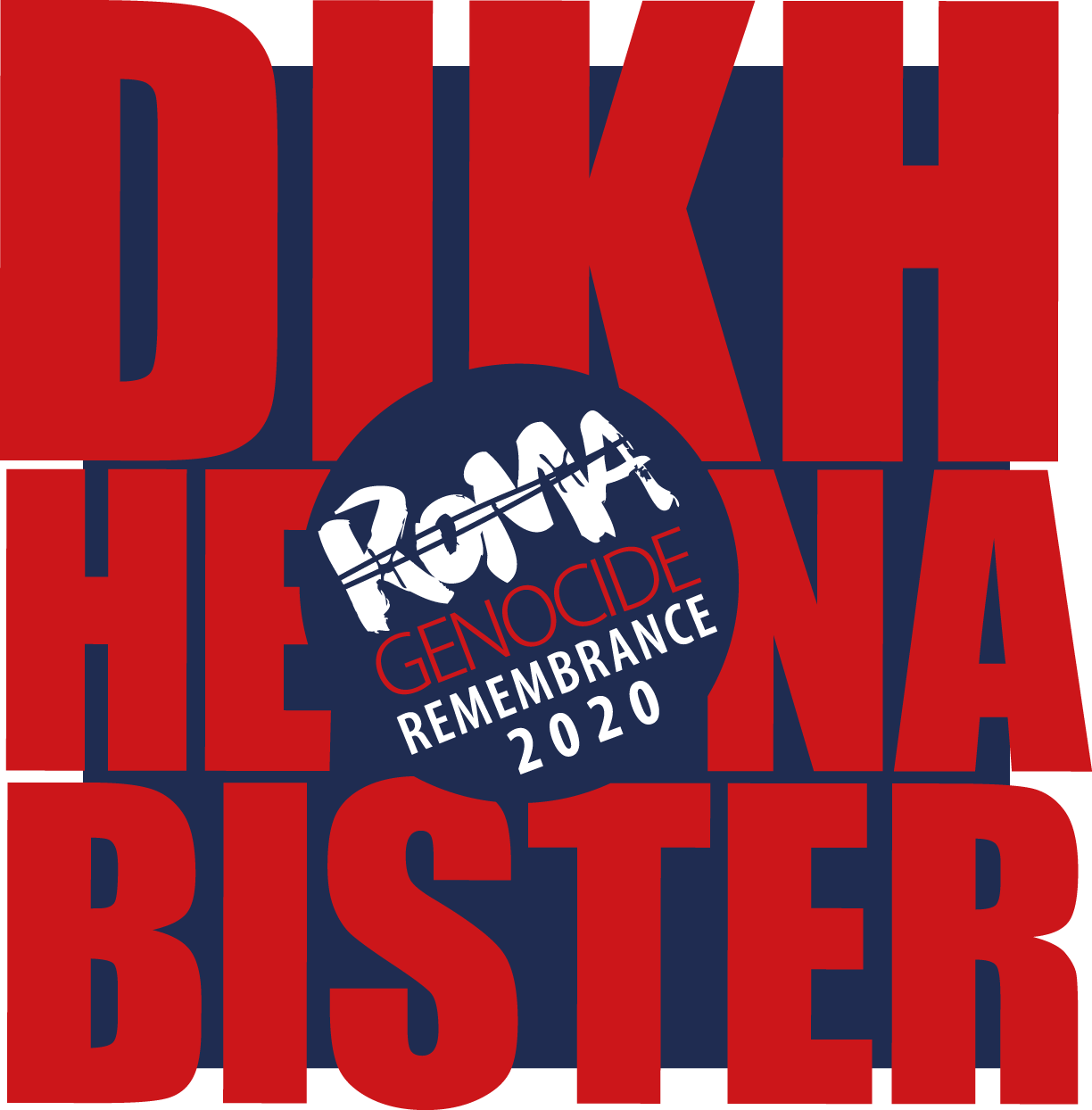photo: Jaroslaw Praszkiewicz
Arrival in the “Zigeunerfamilienlager”
Extract from "The Destruction of European Roma in KL Auschwitz: A guidebook for visitors"
In the end we came to one great gate where they ordered us to halt, and they started counting us there. Afterwards we walked along a broad road between wooden barracks to one of them, where we had to put down our possessions. Afterwards they called us out and lined us up in a row, and tattooed numbers on our arms...They sewed numbers on our clothes and used red paint to make a cross on them, and stripes on the trousers. It took all night. In the morning they lined us up in a row, we had to leave our things in the barracks, and they led us to the adjacent camp all the way to the back. In that building was a big room where we all had to strip naked. It was horrible. People did not want to undress because everyone was there together, men, women, and children. The shouting, beating, and weeping began. I well remember how my oldest sister, sixteen-year-old Božena, did not want to undress...An SS woman jostled her and tore her clothes of. My sister screamed, cried, and defended herself. We had to tie up our clothes into a bundle in such a way that the number could be seen. Then they cut our hair and shaved us. The way we looked, we couldn’t recognize each other...Then they herded us under cold freezing showers...in the meantime, they disinfected our clothing: they called out our names and numbers and we got our clothes back.
Account by Antonin Absolon, a prisoner of the Zigeunerfamilienlager. APMA-B. Statements, vol. 80, 84-88.
Also after the creation of the special “Gypsy camp” it happened that Polish Roma deported to KL Auschwitz were placed outside the Zigeunerlager, not as Roma but as Polish prisoners.
I was deported to Auschwitz on September 1943 in a transport from Radom. In the camp I obtained prisoner number 150321. I did not work for about two weeks and, as they said in the camp, I was in quarantine. That was when they taught us to line up in rows of five, take our caps off and put them back on at a command, and sing German songs. I also had to learn in short order the German for the number by which I was designated in the camp. In quarantine the SS men and the Kapo prisoners tormented us with the calisthenics called “sport” that went on for hours. I took severe beatings on multiple occasions. Next, they transferred me to the men’s camp, sector BIId of the Birkenau Lager...next to the Zigeunerlager. Many members of my family were there...I was often able to talk with my sister or brother-in-law through the barbed-wire fence. However, this did not last long. They were soon murdered along with my other brothers in the gas chamber.
Account by Władysław Szmyt, prisoner of KL Auschwitz. Roma Historical Institute in Oświęcim
Sìnte aj Rroma and-o Auschwitz
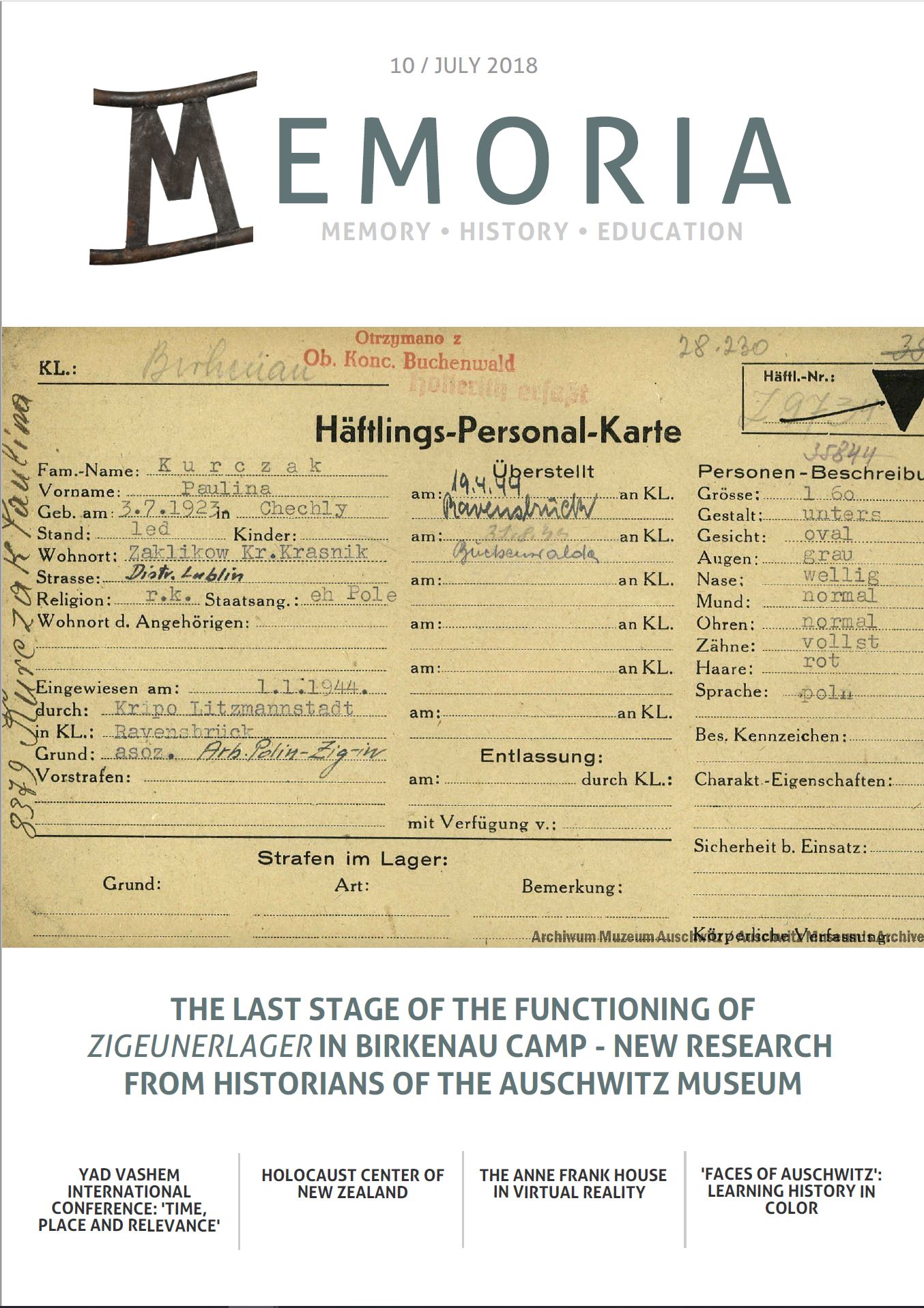
The last stage of the functioning of the ‘Zigeunerlager’ in the Birkenau Camp
Recent research by historians of the Auschwitz Museum
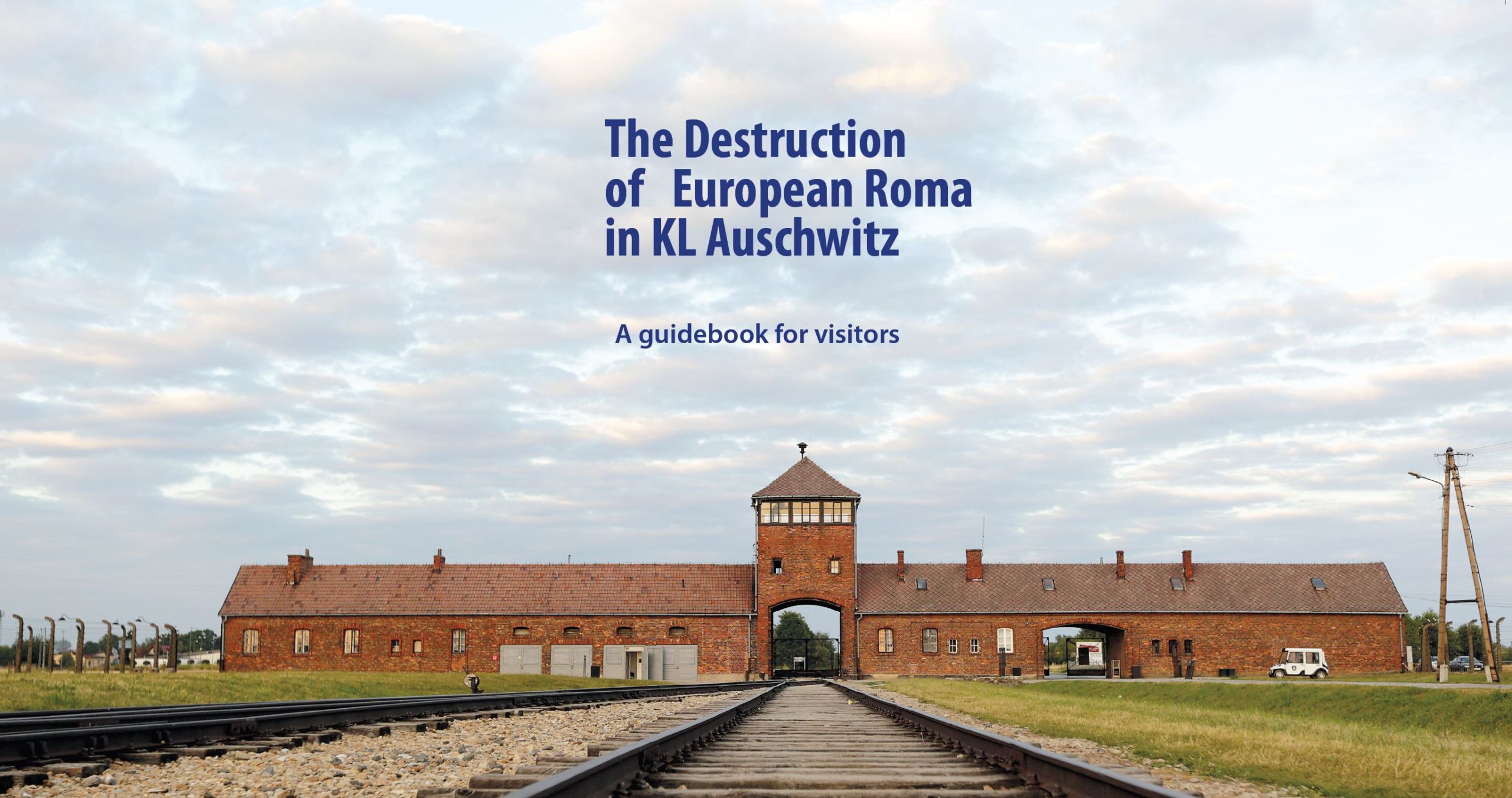
The Destruction of European Roma in KL Auschwitz
A guidebook for visitors
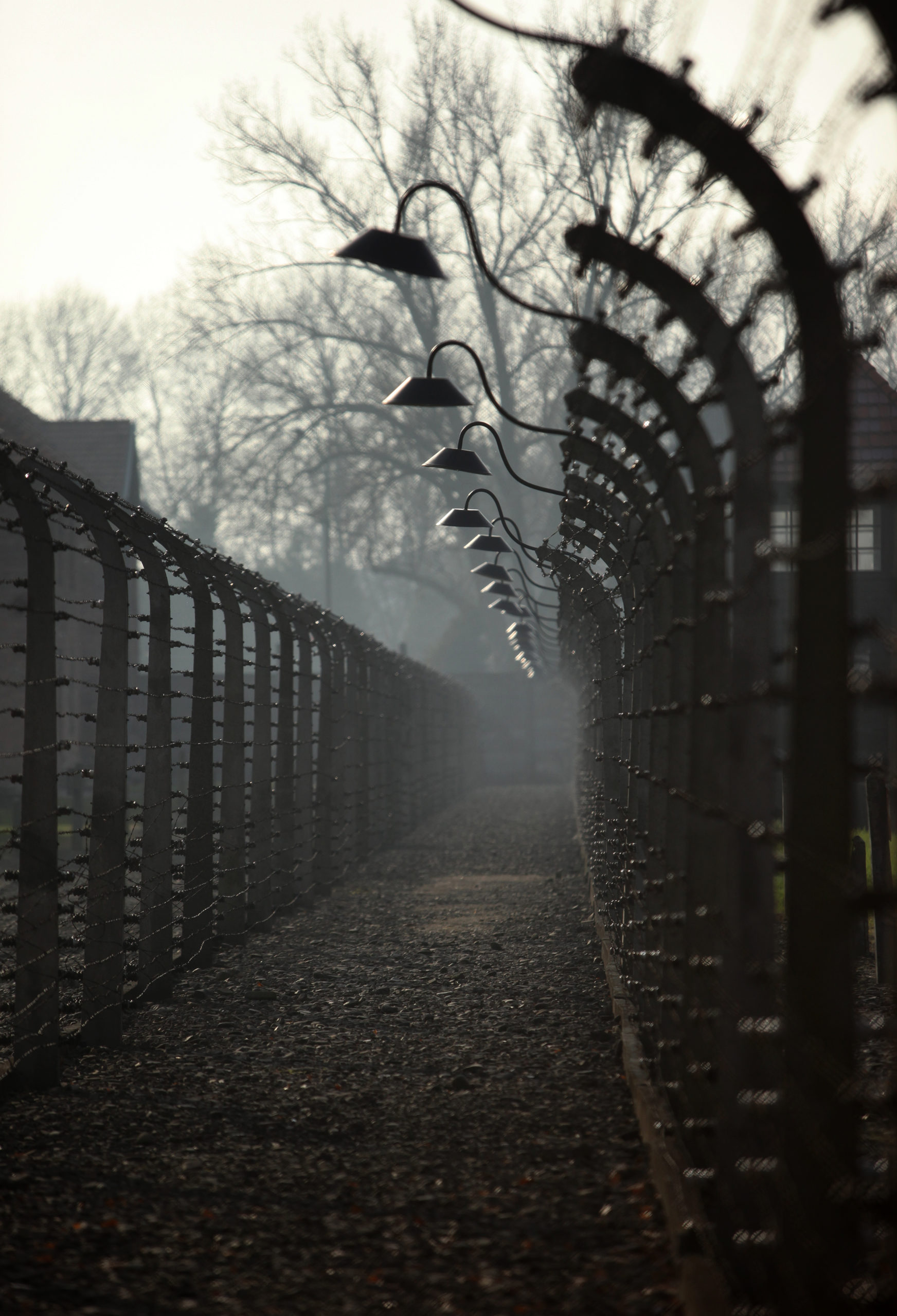
The genesis and course of the Nazi persecution of Roma and Sinti
Extract from “The Destruction of European Roma in KL Auschwitz: A guidebook for visitors”
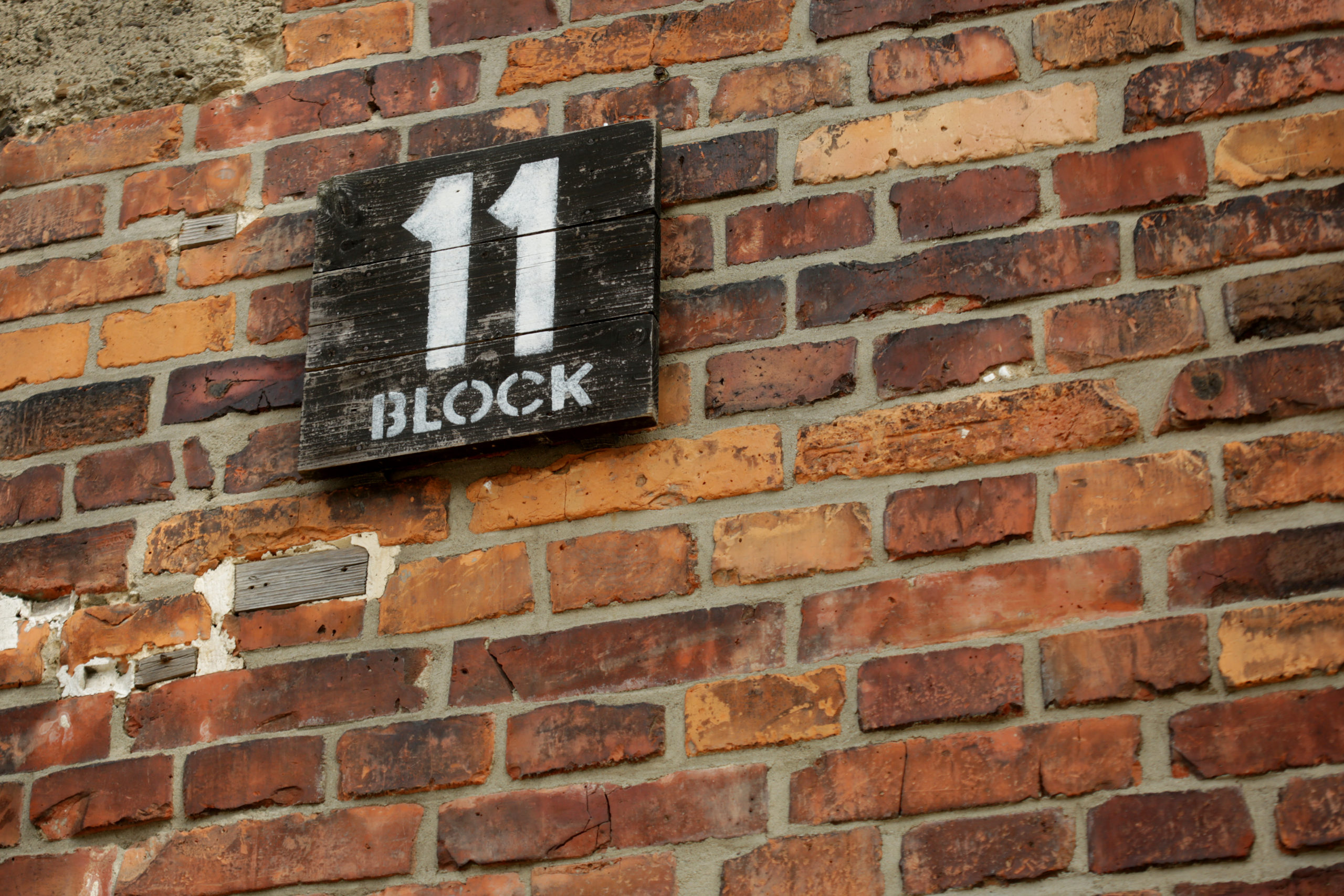
Block 11
Extract from “The Destruction of European Roma in KL Auschwitz: A guidebook for visitors”
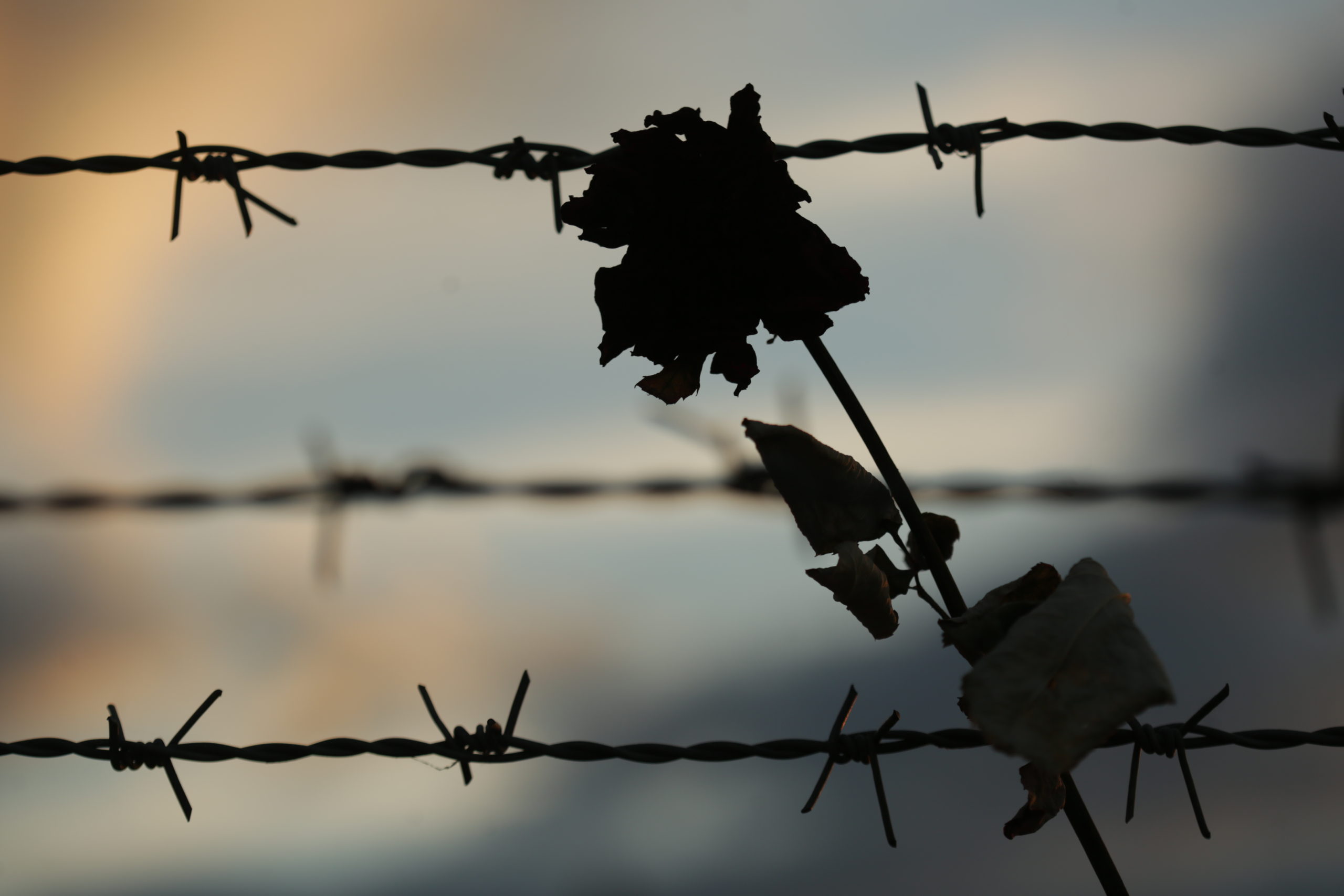
Escapes
Extract from “The Destruction of European Roma in KL Auschwitz: A guidebook for visitors”
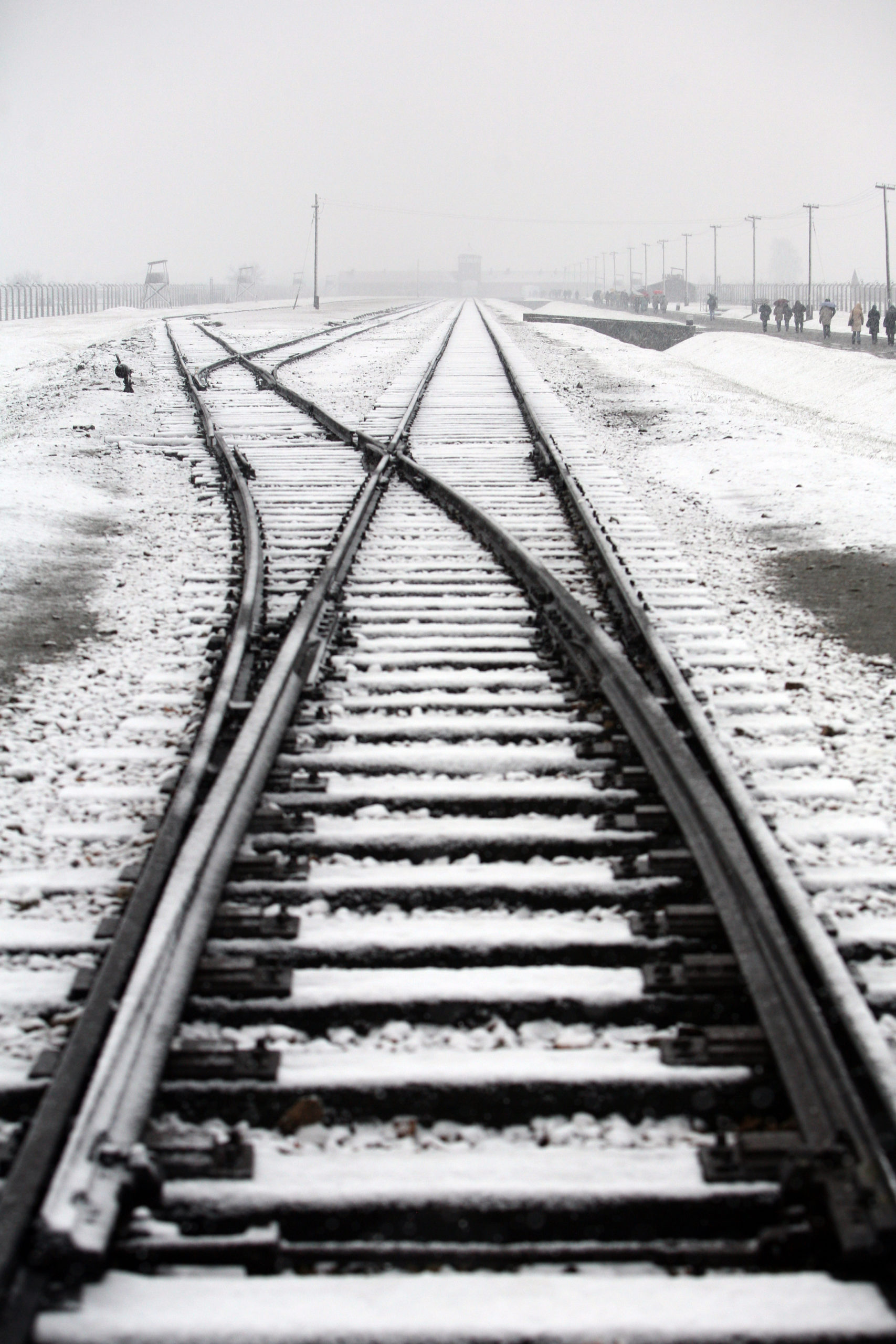
“Zigeunerfamilienlager” (“Gypsy family camp”)
Extract from “The Destruction of European Roma in KL Auschwitz: A guidebook for visitors”
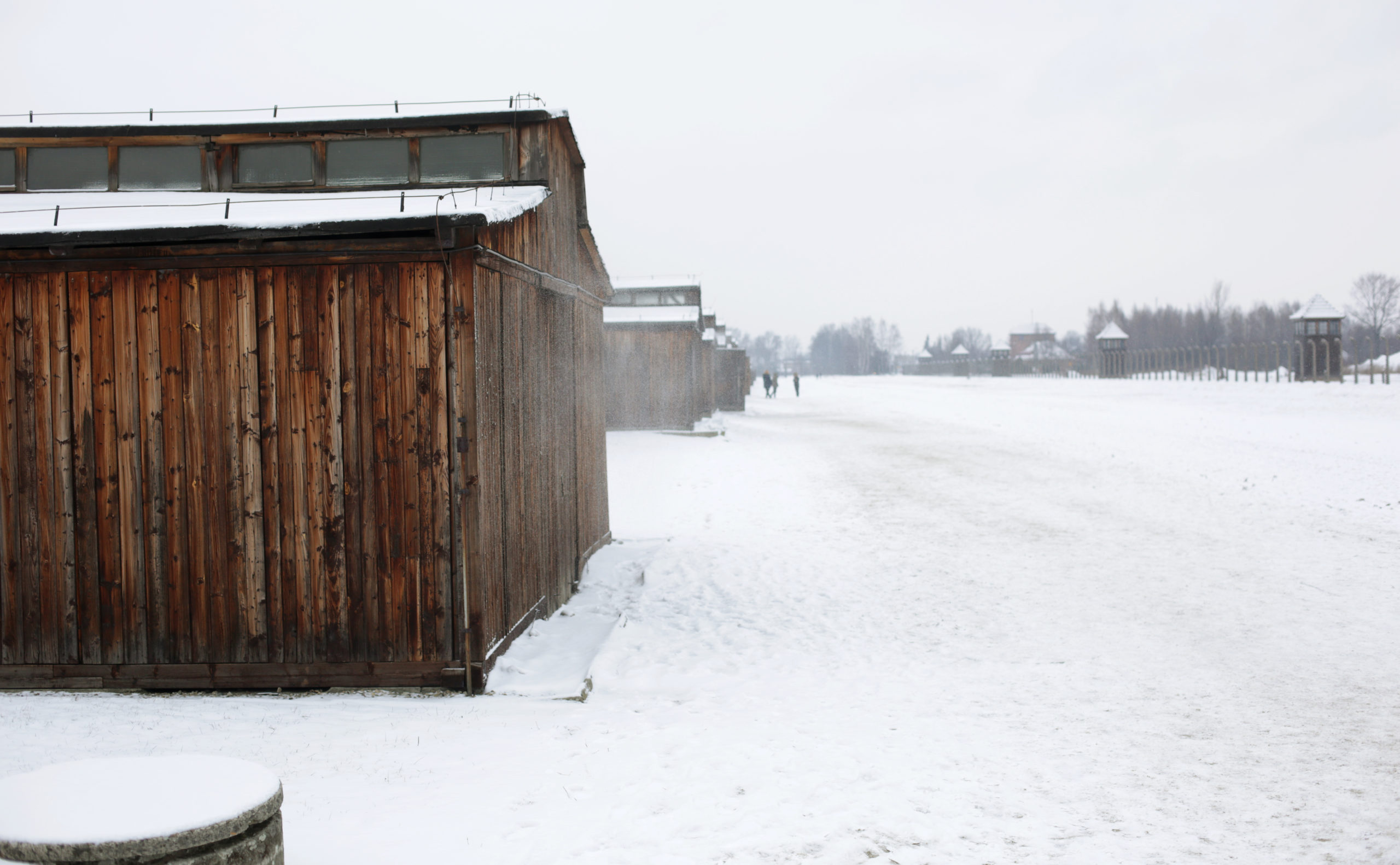
Arrival in the “Zigeunerfamilienlager”
Extract from “The Destruction of European Roma in KL Auschwitz: A guidebook for visitors”
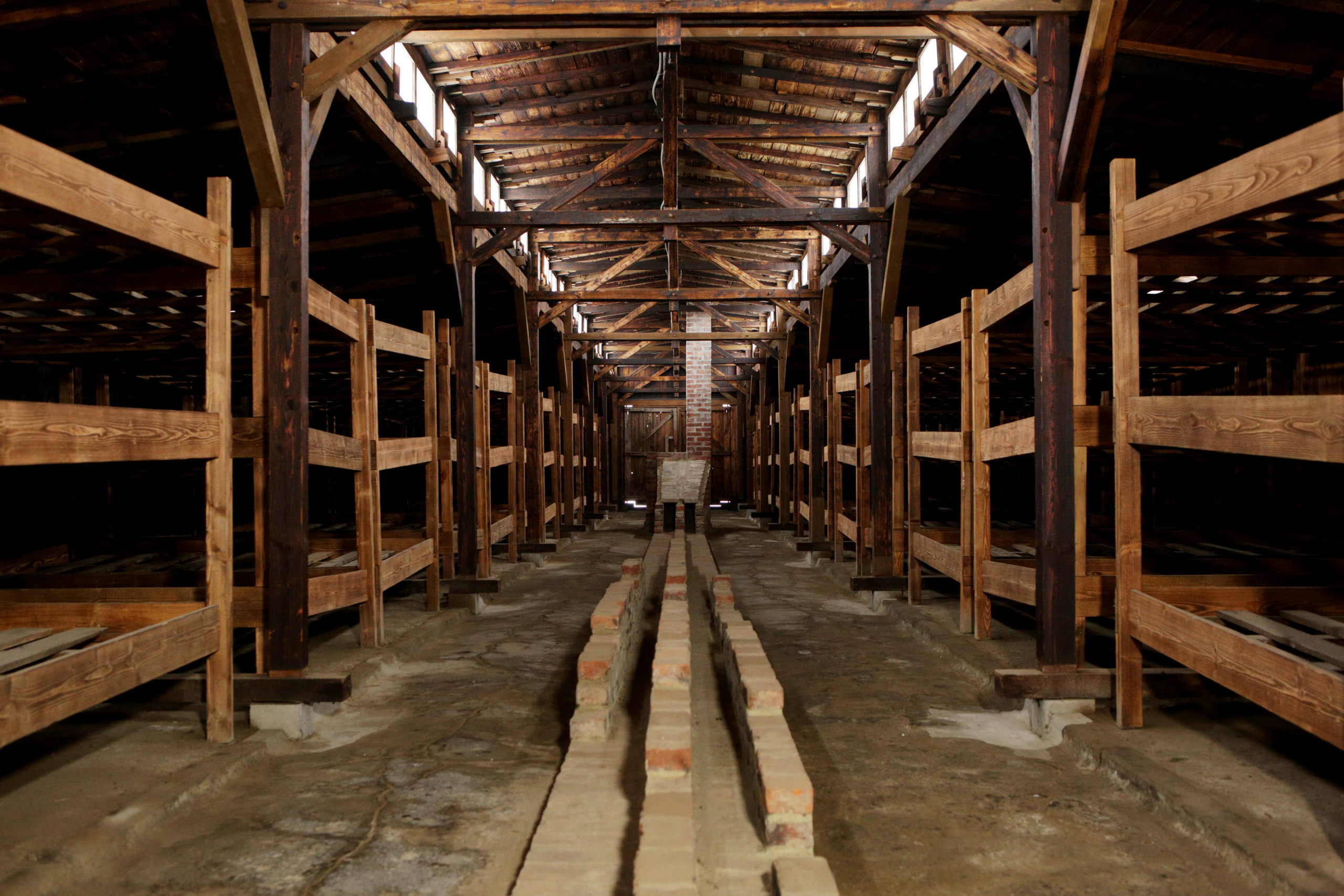
The life of Prisoners
Extract from “The Destruction of European Roma in KL Auschwitz: A guidebook for visitors”
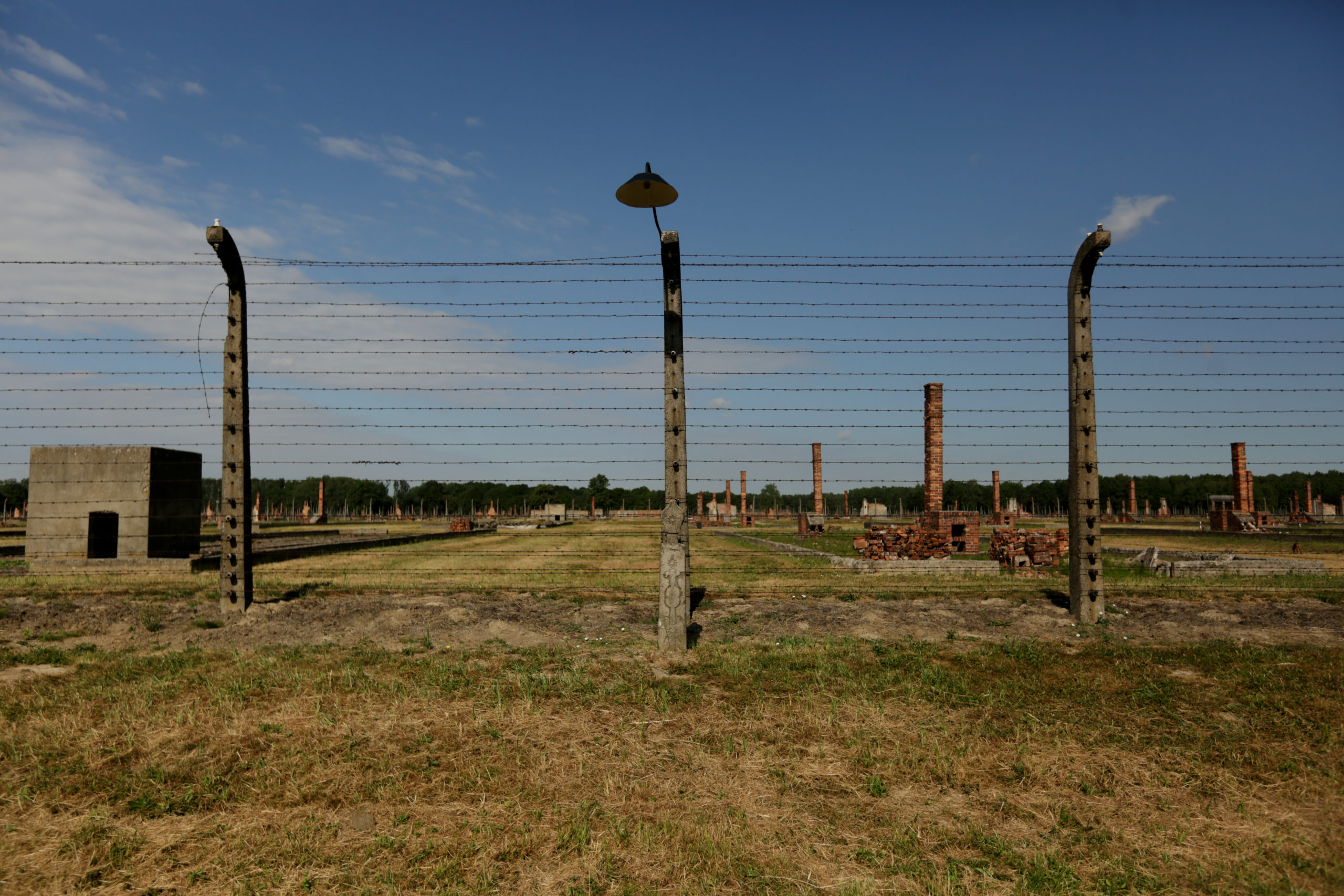
Children
Extract from “The Destruction of European Roma in KL Auschwitz: A guidebook for visitors”
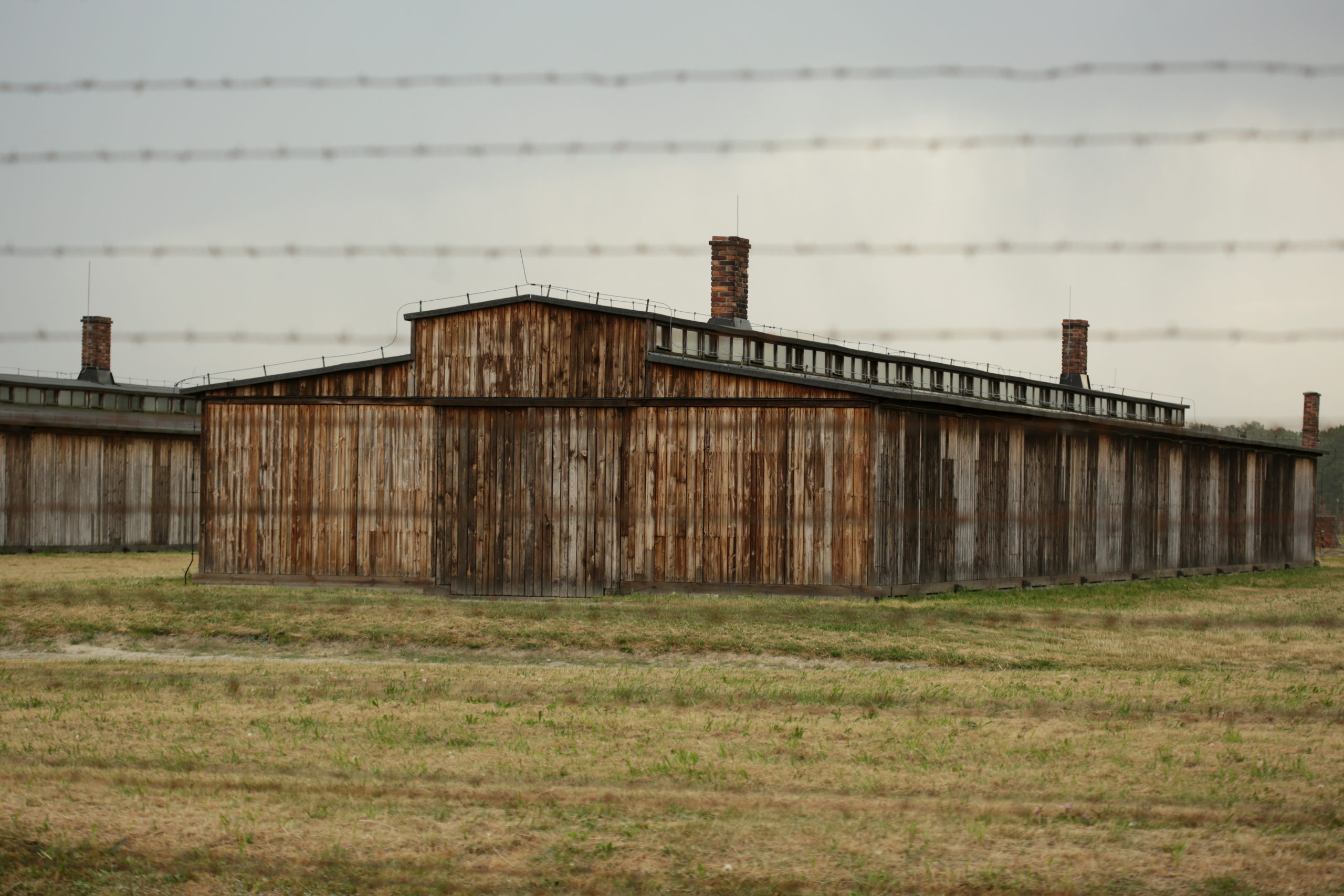
Dr. Mengele and experiments on prisoners
Extract from “The Destruction of European Roma in KL Auschwitz: A guidebook for visitors”




